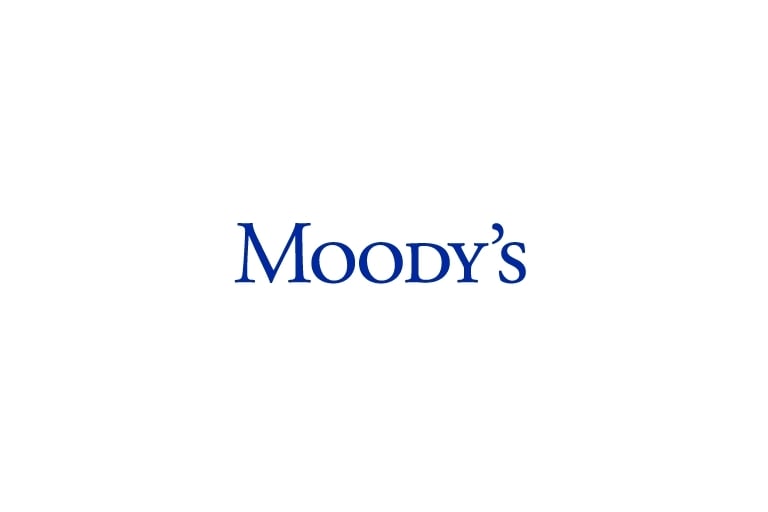Use Desktop for Better Experience
Credit Analysis: Columbia University Bonds
Focus on COLUNV 4.355% Notes due October 1, 2035
FINANCIALSELECTED
Ryan Cheng
6/7/20254 min read


PDF Version
Columbia University maintains exceptional credit quality with the highest possible ratings from major agencies: Aaa from Moody's and AAA from S&P Global Ratings. The outlook is stable. This premier credit profile supports Columbia's recently issued 4.355% Notes due October 1, 2035, a $350 million fixed-rate offering with a unique sinking fund structure that provides intermediate duration exposure with top-tier credit quality.
Investment Recommendation
BUY
*Stocks and investments carry risks, including the loss of principal. The views expressed on this blog are solely the opinions of the author at the time of writing and are subject to change at any time without notice.
*
Bond Structure and Terms
This recently issued bond (October 2024) offers:
4.355% fixed coupon paid semi-annually (30/360 basis)
$350 million issue size (fully outstanding)
First coupon date: April 1, 2025 (short first period)
Maturity: October 1, 2035
Unsecured issuer ranking
Original issue price: 100.00
Minimum denomination: $1,000
Unique Features, Distribution & Liquidity
The bond’s capital structure is supported by a mandatory sinking fund under which 50 percent of the principal—equivalent to $175 million—will be redeemed on October 1, 2034, with the remaining 50 percent paid at final maturity. This sinking-fund schedule shortens the bond’s weighted-average life to approximately 9.8 years, providing investors with earlier principal return while still capturing the benefits of a longer-dated instrument. In addition, the issue features a once-only par call on July 1, 2035—three months prior to maturity—giving the issuer limited flexibility to refinance, alongside a standard make-whole call provision designed to compensate investors should the bond be redeemed early.
The transaction was brought to market by top-tier investment banks, with BofA Securities and Goldman Sachs serving as joint lead managers and JP Morgan Securities LLC acting as co-manager. Clearing is facilitated through the Depository Trust Company (DTC), and the issue is TRACE-reporting, providing full transparency on secondary-market trades. With a $350 million size, USD denomination and triple-A credit ratings, the bond commands significant attention in the U.S. investment-grade market and typically benefits from strong liquidity, making it an attractive option for institutional investors seeking both credit quality and tradability.
Credit Ratings
Columbia University's bonds hold the highest possible credit ratings:
These ratings apply to all of the university's debt, including the new 4.355% Notes, with a stable outlook reflecting expectations of continued strong demand and financial management.
S&P: AAA


(effective September 27, 2024)




Moody's: Aaa
(effective September 26, 2024)
Bloomberg Composite: AAA
Financial Performance
Endowment and Investment Returns
As of June 30, 2024, Columbia University's endowment totaled $14.8 billion. For fiscal year 2024, the university achieved an investment return of 11.5% on its managed endowment assets. The university's trailing five and ten-year annualized returns are 8.5% and 7.4%, respectively.
The Columbia University Investment Management Corp. (IMC) attributed the strong 2024 returns to performance in public markets and positive contributions from private assets. IMC President and CEO Kim Lew stated they are "implementing a deliberately paced re-positioning of the private portfolio" and are "optimistic that the current market cycle presents investment opportunities that will benefit performance in the long term."
For fiscal year 2024, Columbia's endowment performance led the Ivy League for the second consecutive year. As of June 30, 2024, the endowment's asset allocation was 31% in global equities, 28% in absolute return strategies, 26% in private equity, 12% in real assets, 2% in fixed income, and 1% in cash.
Overall Financial Position
In fiscal year 2024, Columbia University reported net assets of $19.8 billion, a 5.8% increase from the previous year, reflecting operational stability and strong endowment gains. For the same period, operating revenues grew by 6.5% while expenses increased by 6.4%. This growth was driven by strong performance in government grant revenue and patient care.
Endowment Management and Spending
Columbia's endowment consists of 6,450 separate funds managed as a single pool, designed to exist in perpetuity. The university's spending rule targets a payout of 4.5% of the endowment's trailing market value, though the effective spending rate in fiscal 2024 was 5.2%, amounting to a distribution of $648.4 million. Approximately 68% of the endowment's value is restricted for specific purposes like scholarships and endowed chairs.
Investment Strategy and Management
Columbia's endowment operates primarily as a "fund of funds," utilizing external managers to handle investments across various asset classes. This strategy allows the university to access a wide range of investment vehicles to achieve its long-term return objectives.
Comparison to Peer Institutions
Within the Ivy League, Columbia's $14.8 billion endowment ranks fifth in absolute size. However, it is the second-smallest on a per-student basis. For comparison, Princeton University's endowment, the largest per-student in the Ivy League, covers a significantly larger portion of its budget than Columbia's.


Investment Considerations for the 4.355% Notes




Strengths
Considerations
Conclusion
Columbia University's 4.355% Notes due October 1, 2035, represent a high-quality fixed-income investment backed by: (1) The highest possible credit ratings (Aaa/AAA). (2) A large and growing endowment of $14.8 billion. (3) Diverse and substantial revenue streams. (4) Prudent financial management and a strong operational track record.
The bond's unique sinking fund feature provides an intermediate duration exposure to one of the most creditworthy institutions in higher education, making it an attractive option for investors seeking high-quality, fixed-income assets.
